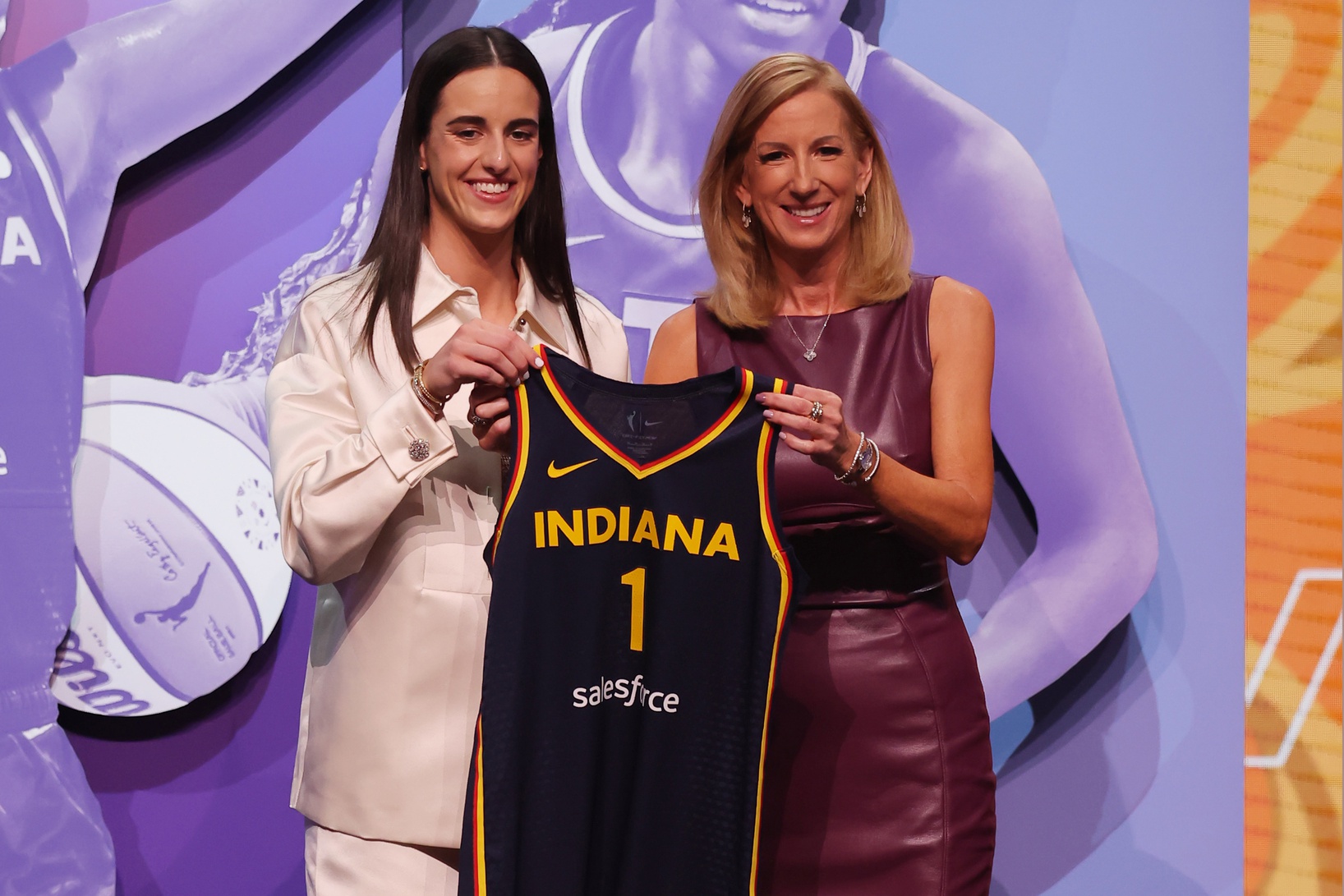Every basketball hopeful dreams of hearing their name called on draft night. For NBA and WNBA prospects, it’s a defining moment.
But while both drafts serve the same purpose, the road to getting there looks very different, depending on which league you’re aiming for. From age limits to education requirements and even the structure of the draft itself, the NBA and WNBA follow different playbooks.
Here’s a breakdown of what makes each path unique—and why those differences matter.
What Separates the NBA and WNBA Paths to Pro Stardom
NBA Draft Eligiblity
The NBA’s Draft eligibility rules are designed to fast-track young talent. Players must be at least 19 years old in the year of the draft and one year removed from their high school graduation.
That’s why we see so many “one-and-done” college players who make a brief pit stop at a university before heading to the league. It’s a system that keeps the talent pipeline fresh, fast, and unpredictable.
Plus, there’s flexibility. Players can declare for the draft, test their stock, and still return to college as long as they don’t hire an agent—or use an NCAA-certified one—and withdraw by the deadline. It’s basically a trial run with the option to hit undo.
WNBA Draft Eligibility
The WNBA, on the other hand, plays the long game. To be eligible, players need to be at least 22 years old during the calendar year of the draft. That usually means four full years of college hoops.
They also must have either:
- Used up their college eligibility
- Earned their degree or be on track to graduate within three months
- Be four years removed from high school.
For international players, the bar is slightly lower—they just have to be 20 years old in the draft year.
Once a player declares for the WNBA Draft, there’s no looking back. They have to renounce any remaining college eligibility, meaning they can’t return to NCAA play. That’s a serious commitment—and a clear sign that the WNBA wants players who are absolutely ready, physically and mentally.
Draft Day Logistics
NBA Draft Date and Rounds
The NBA Draft typically takes place in late June, after the Finals wrap up. It features a two-round format with 30 picks per round, making 60 selections in total. The draft lottery determines the order for the 14 teams that didn’t make the playoffs, injecting a little suspense into who gets the top pick.
WNBA Draft Date and Rounds
The WNBA holds its draft in early April, right after the NCAA Women’s Tournament ends—perfect timing to capture the buzz around top college stars. The format is tighter: three rounds with 12 picks each, for a total of 36. Only the four non-playoff teams are entered into the lottery, making the odds even more strategic.
The WNBA’s early draft timing also means rookies jump straight into training camp and preseason with barely a breather after college—a tough but efficient transition.
What It All Means: Why These Rules Matter
Player Development: Experience vs. Potential
The WNBA’s rules produce older, more seasoned rookies who’ve been battle-tested in college or overseas. The idea? Get players who are mature, polished, and ready to contribute right away. The flip side is that players enter the league later, often limiting the number of peak years they can spend as pros.
In contrast, the NBA welcomes younger players and leans into developing raw talent. That creates opportunities for breakout stars—and busts. It’s higher risk, higher reward.
NIL Changes the Game
The rise of Name, Image, and Likeness (NIL) deals has added a wild new wrinkle, especially in the women’s game.
KEEP READING: How the WNBA Draft Works: A Comprehensive Guide
College stars can now earn real money while staying in school, making it more financially viable to stay longer, gain experience, and even build a brand before going pro. That’s a major reason why we’re seeing players stick around in college even when they’re WNBA-ready.
College Sports Network has you covered with the latest news, analysis, insights, and trending stories in football, men’s basketball, women’s basketball, and baseball!



